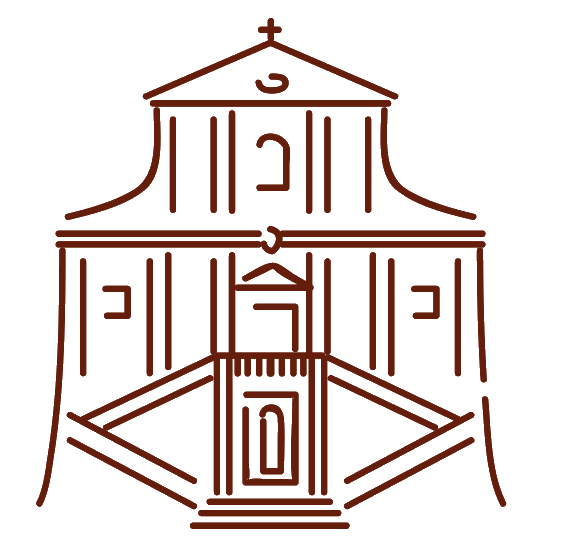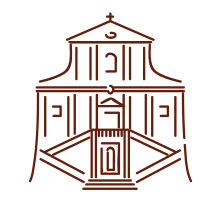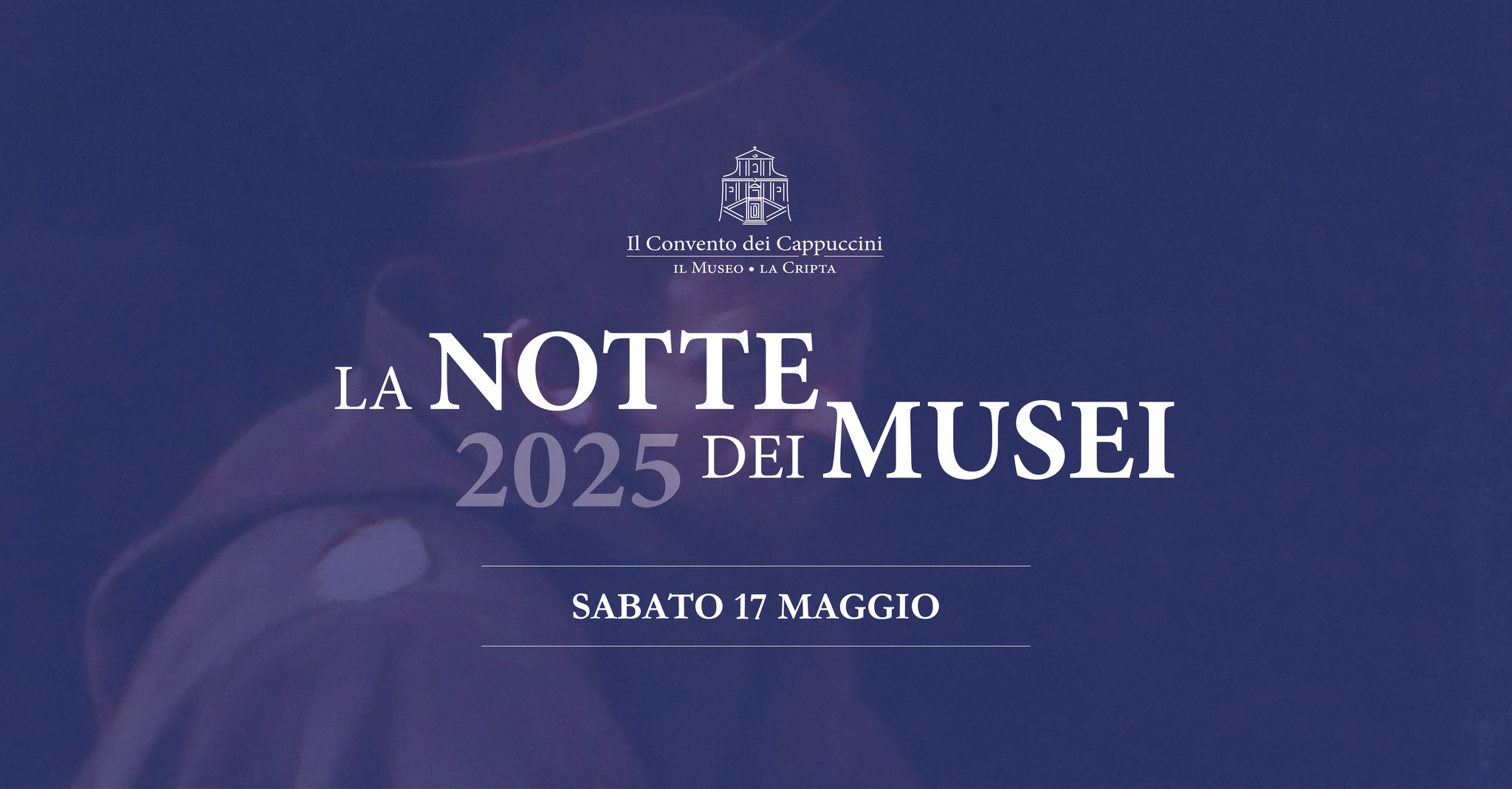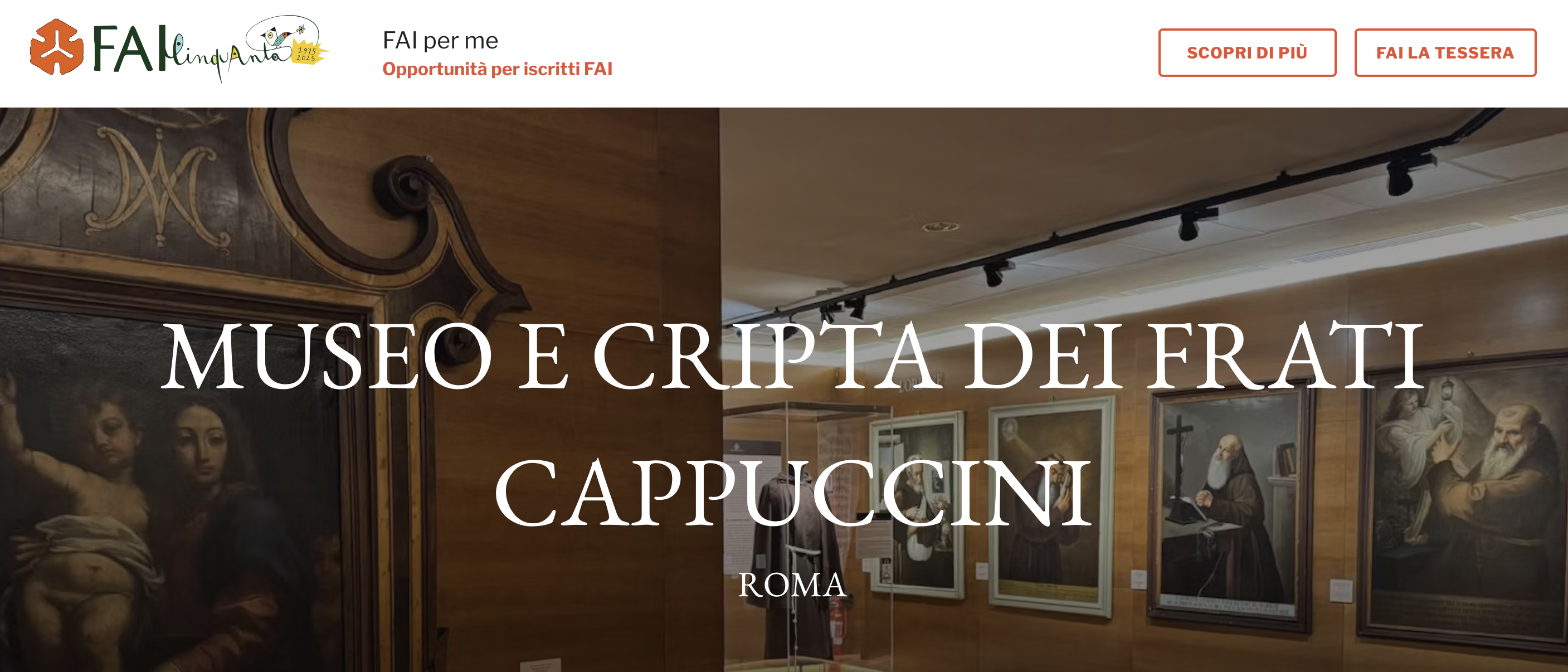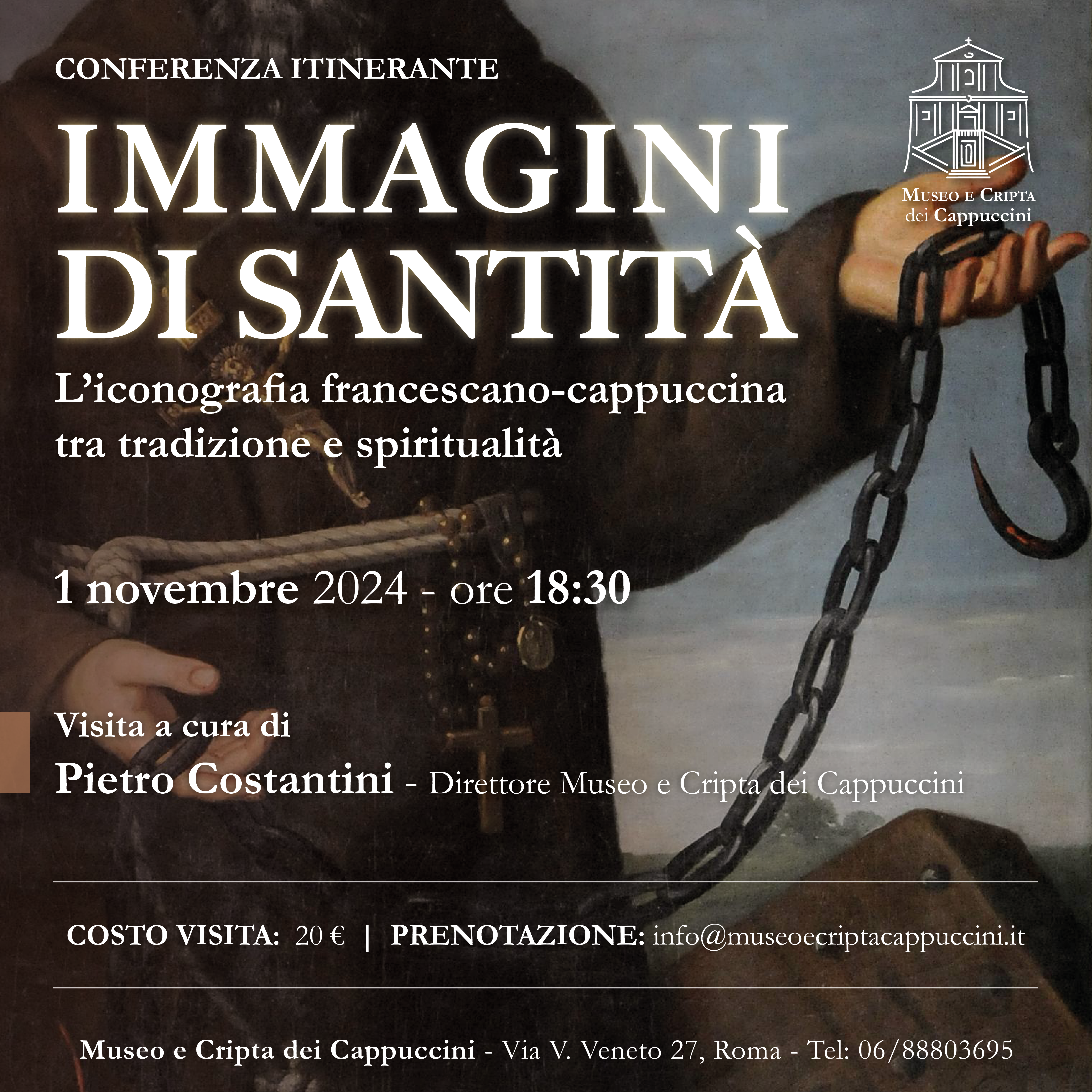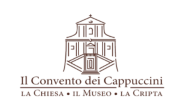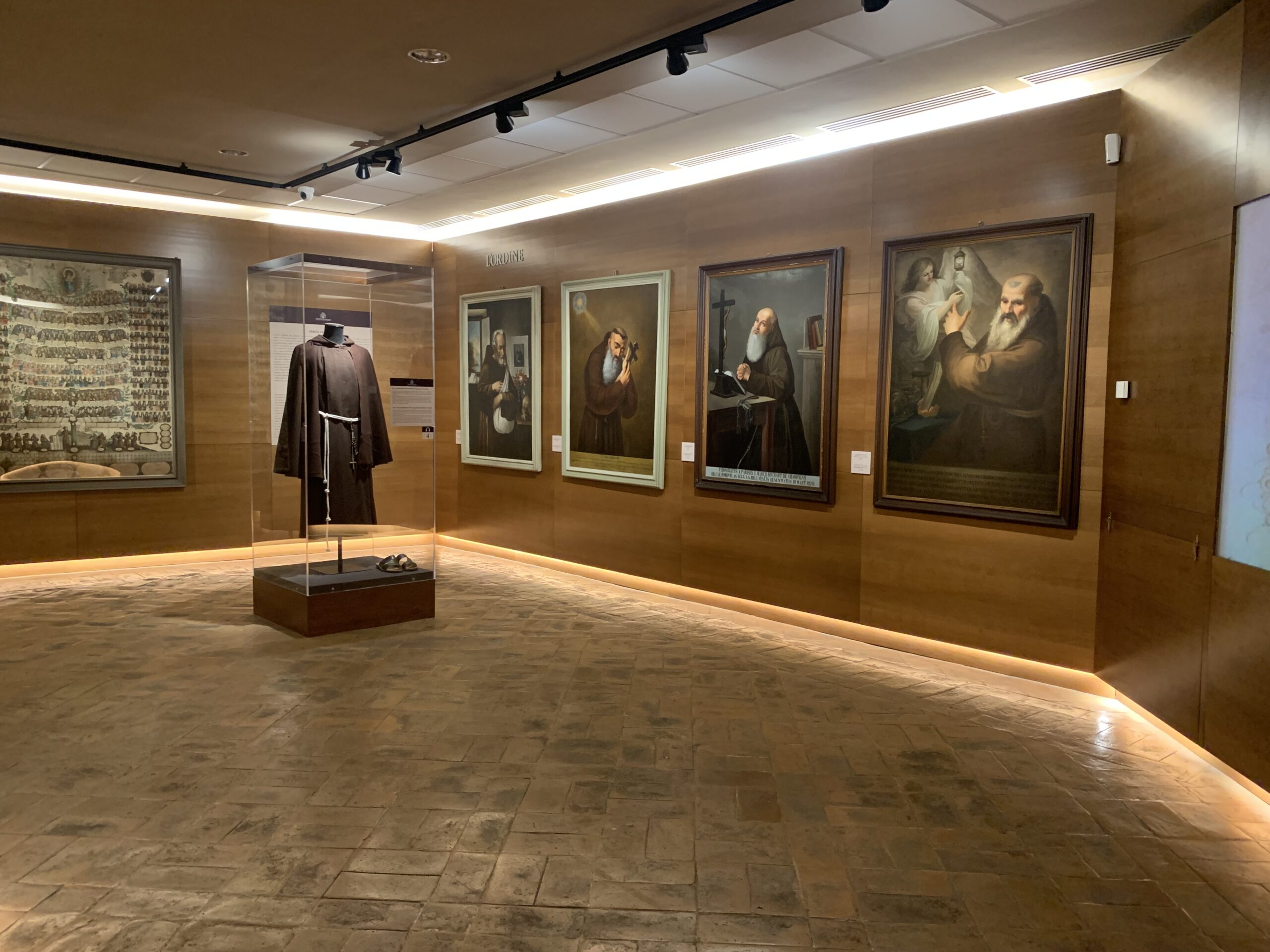
TICKETS
SHOP
Missions
The Friars Minor Capuchin are now active in various parts of the world bringing support to many poor and needy people through the love of Christ, working in monasteries, schools, hospitals, reception centres, churches and more besides. Donations enable numerous projects that provide humanitarian, health and spiritual assistance to take shape.
Missions
The Friars Minor Capuchin are now active in various parts of the world bringing support to many poor and needy people through the love of Christ, working in monasteries, schools, hospitals, reception centres, churches and more besides. Donations enable numerous projects that provide humanitarian, health and spiritual assistance to take shape.
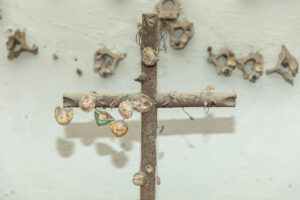
Holiday House
The Holiday House ``I Cappuccini`` is located within the convent complex of the Capuchin Friars Minor, on the renowned Via Veneto, just a few meters from the ``Barberini`` stop on Metro Line A. Casa ``I Cappuccini`` features 29 rooms and is only a short walk from Piazza di Spagna and the Trevi Fountain.
Holiday House
The Holiday House ``I Cappuccini`` is located within the convent complex of the Capuchin Friars Minor, on the renowned Via Veneto, just a few meters from the ``Barberini`` stop on Metro Line A
Casa ``I Cappuccini`` features 29 rooms and is only a short walk from Piazza di Spagna and the Trevi Fountain.
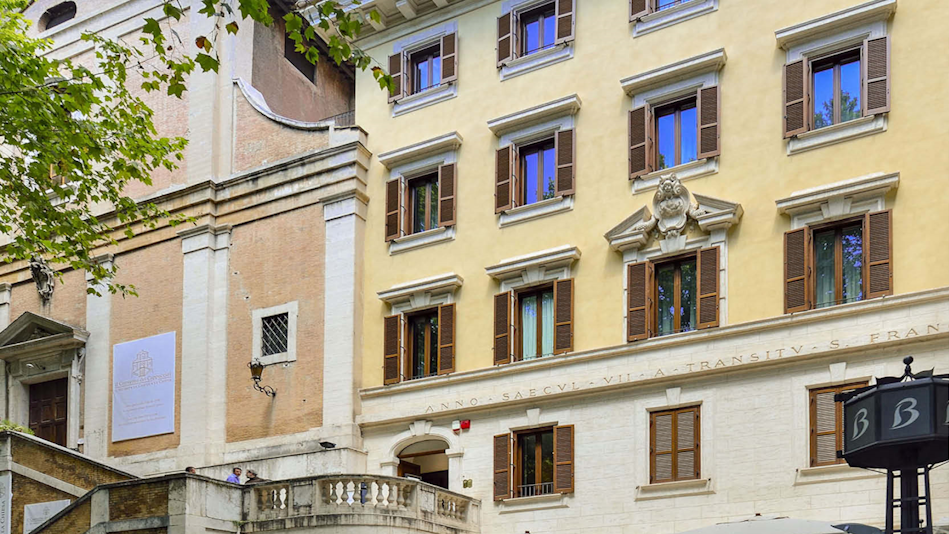
HOW TO REACH US
e-mail: info@museoecriptacappuccini.it
TICKET OFFICE
Book the guided tour inside the Museum. Possibility of booking private visits or group visits.
